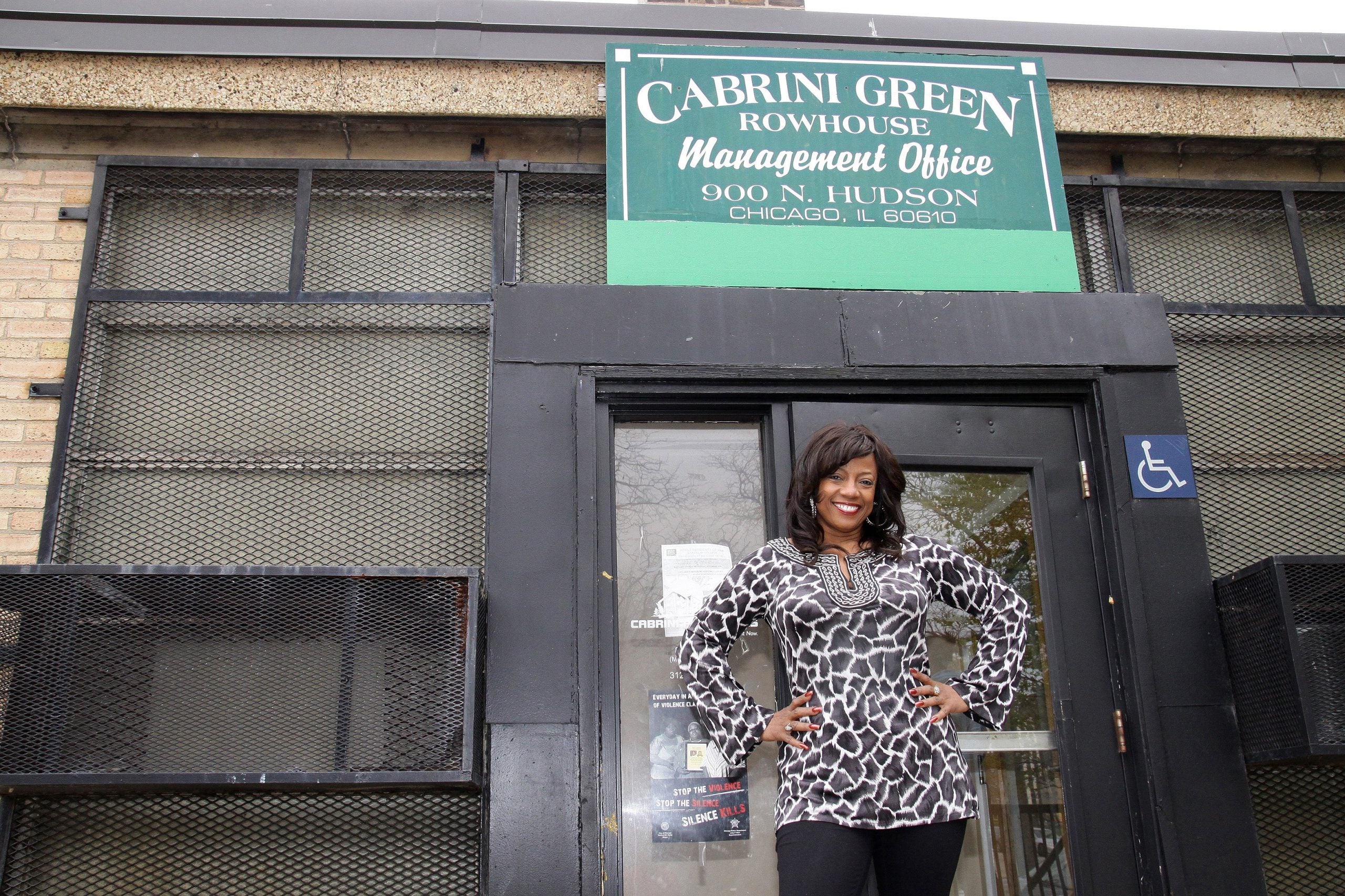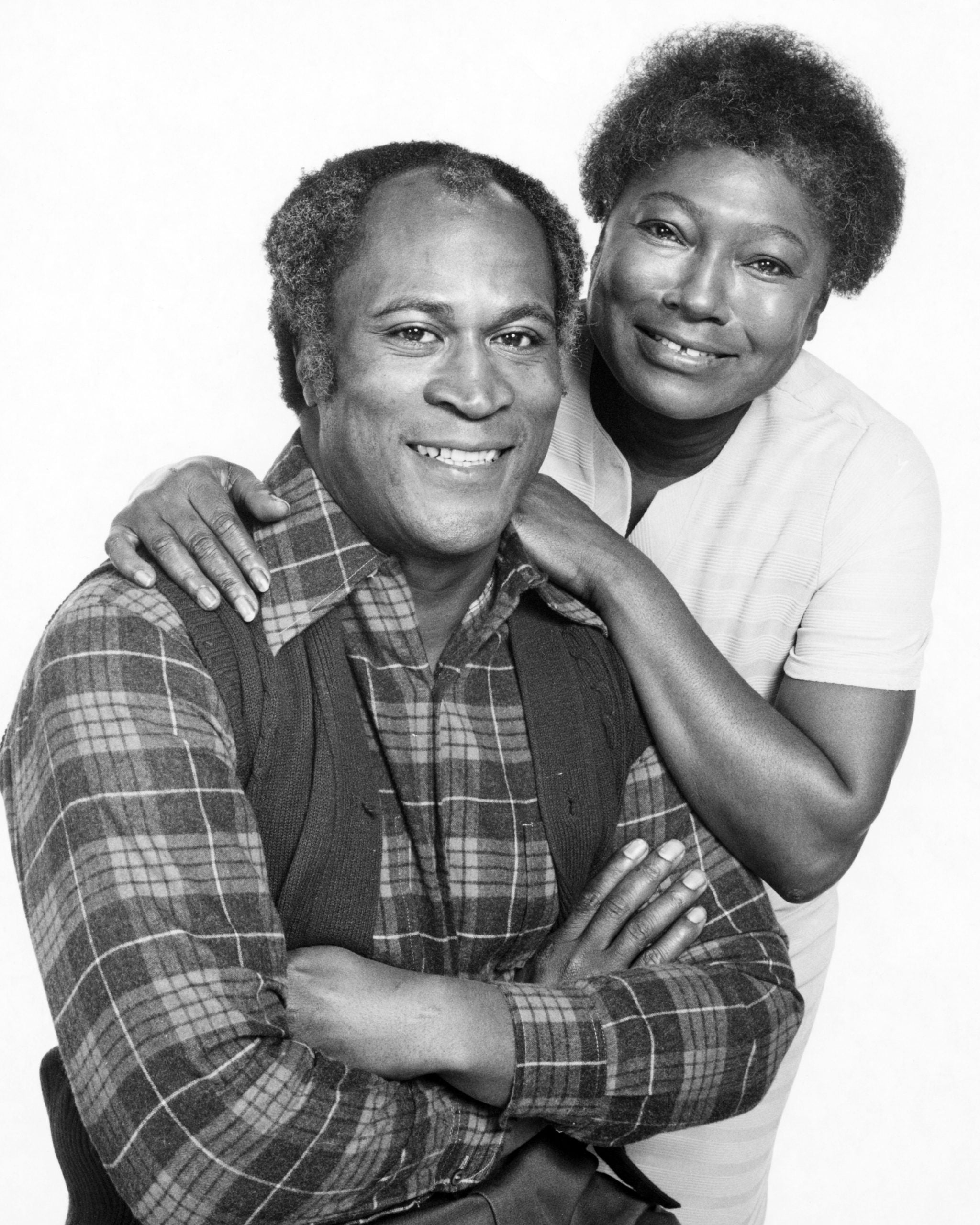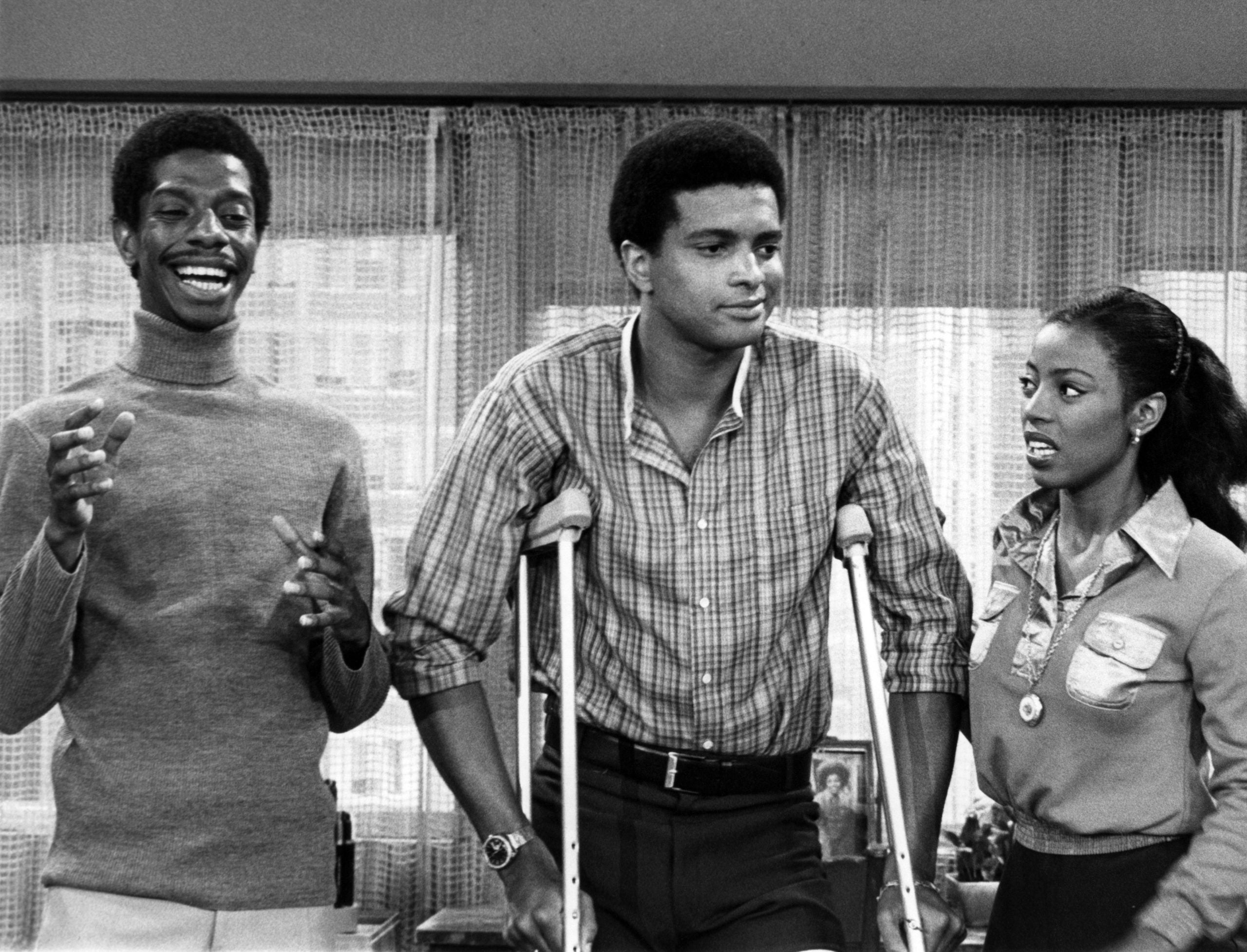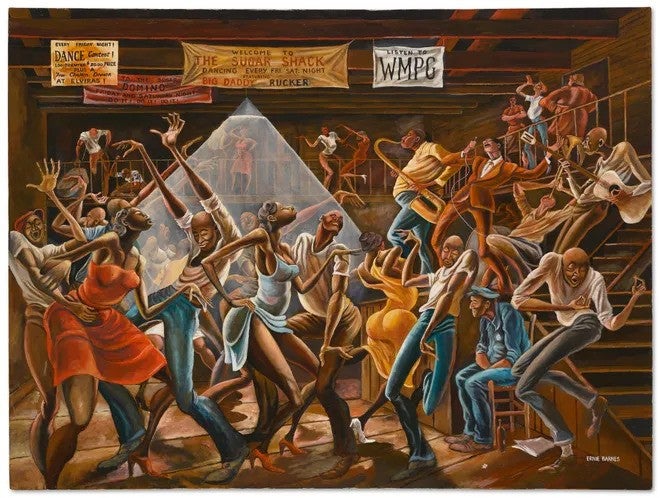
On a quiet evening exactly 50 years ago today, the first episode of Eric Monte and Mike Evans’ Good Times flickered to life on television screens across the nation. Little did anyone know that this sitcom would go on to shape the landscape of American television and leave a mark on the hearts of viewers for generations to come.
The Evans family burst onto the screen, bringing with them the vibrancy of Chicago’s South Side and a story that was heard and felt far beyond the boundaries of their small apartment. The year was 1974 – just four years after our beloved magazine came into fruition, and the world was a different place. Yet, the struggles, joys, and dreams of the Evans family in the Cabrini-Green housing project were universal, touching the hearts of viewers from all walks of life.

Prior to Good Times, other shows had featured Black families, but they often presented idealized or stereotypical representations. Good Times stood out for its realistic portrayal of a working-class African American family facing everyday challenges. One notable predecessor was The Jeffersons, which premiered in 1975 and showcased an affluent African American family. Good Times, however, focused on a family struggling with poverty in the inner city, providing a different perspective. The show emerged as a spin-off from Maude, another sitcom created by Norman Lear.

The show tackled issues that were, and sadly still are, prevalent in society – poverty, racism, and the daily struggles of a working-class African American family. Through the laughter and tears, Good Times provided a mirror to society, forcing us to confront uncomfortable truths while also celebrating the resilience and strength of the human spirit.
The character of Florida Evans, portrayed by the incomparable Esther Rolle, stood as the matriarch of the family, a beacon of wisdom and love. Her unwavering dedication to her children, even in the face of adversity, became a symbol of hope for many. James Evans, played by John Amos, was a proud father who worked tirelessly to provide for his family, his dreams mirroring the aspirations of countless individuals striving for a better life.

Good Times was more than a sitcom; it was a platform for discourse on the pursuit of the American Dream in a society marked by inequality. It tackled the challenges of upward mobility, shedding light on the hurdles faced by individuals striving for a better life. The show also introduced us to the unforgettable J.J. Evans, played by Jimmie Walker, whose catchphrase “Dy-no-mite!” became a cultural phenomenon. While J.J.’s comedic antics brought laughter to living rooms, the character also grappled with the challenges of pursuing a career in the arts, shedding light on the struggles faced by aspiring artists in pursuit of their dreams. Playing J.J.’s younger brother, was Michael (Ralph Carter) who’s infamous catchphrase, “boy is a white racist word,” was equally as iconic as it was radical – aligned morally with Black justice leaders, a young Michael was after nothing short of liberation for his people.
The show’s resident glam girls, Willona and Thelma (Bernadette Stanis and Ja’net Dubois) were perhaps the most beautiful representations of Black beauty at the time. Wilona’s fashionable wigs and trendy wardrobe reflected the evolving fashion trends of the 1970s, while Thelma’s dating experiences provided a glimpse into the complexities of relationships and the pursuit of love in the midst of societal shifts.
Beyond the show’s cast, we’d be remiss to not acknowledge the profound impact of Ernie Barnes’s artwork, particularly his iconic painting The Sugar Shack, on the show’s cultural legacy. Barnes’s distinctive artistic style, marked by elongated figures and vibrant colors, brought an unparalleled visual richness to Good Times, intertwining with the celebration of African American culture that the show championed. Placed prominently within the Evans family’s apartment, The Sugar Shack transcended its role as mere set decoration; it became a poignant symbol of joy, resilience, and communal celebration. The integration of Barnes’s artwork serves as a timeless reminder of the show’s commitment to authentic representation and positive storytelling within the African American experience.

The impact of Good Times extended beyond its portrayal of social issues. It showcased the strength of family bonds, the importance of community, and the ability to find joy in the midst of adversity. The show’s theme song, composed and performed by the late Dubois, became an anthem for resilience and optimism.
As I look back on the 50th anniversary of Good Times, I can’t help but marvel at its relevance. The issues addressed in the show still echo in our society today, making it not just a reflection of the past, but a poignant commentary on the present.
So, here’s to Good Times – a show that dared to be more than just entertainment, a show that sparked conversations and left a legacy that continues to resonate half a century later. Dy-no-mite indeed!







